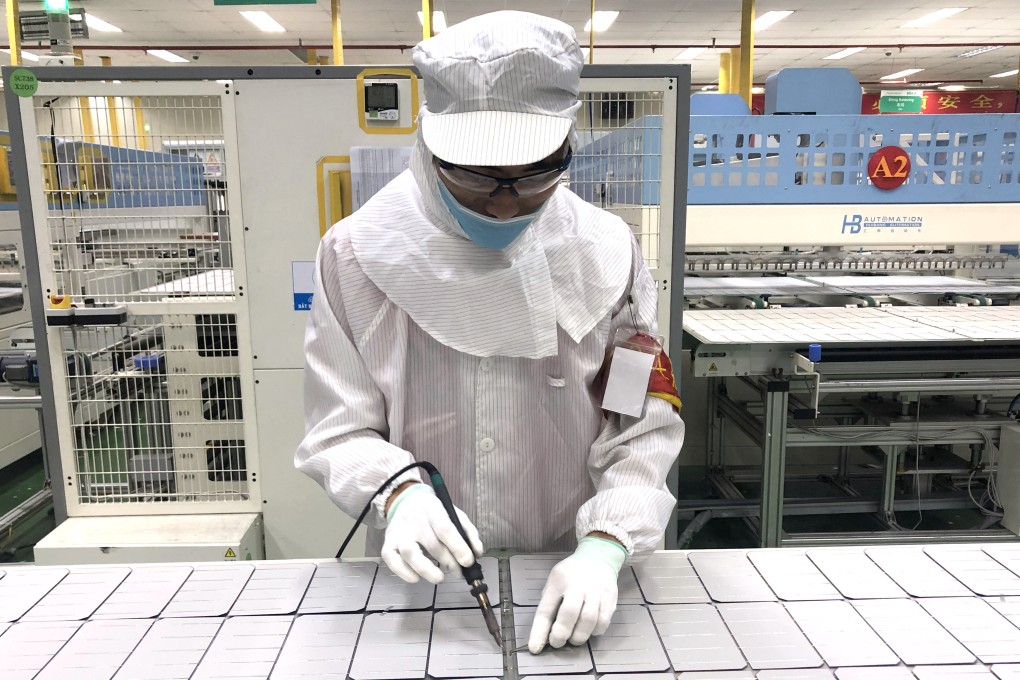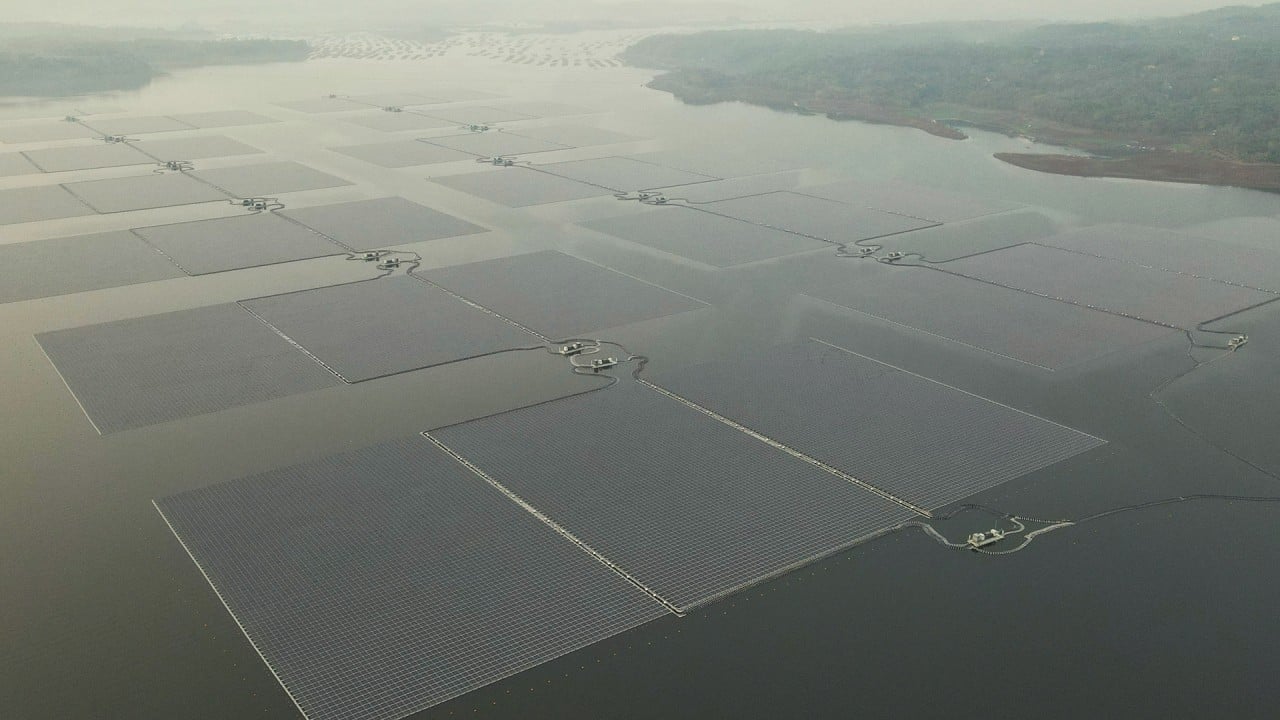Opinion | How Southeast Asia’s solar industry can shine in face of US tariff threat
- As trade tensions and protectionism mount, Southeast Asia can sustain its solar manufacturing boom by hastening domestic energy transitions

The progress so far is impressive. Southeast Asia has emerged as the world’s second-largest solar module producer, trailing only China. By the end of 2022, the region boasted a total module production capacity of 70 gigawatts, a significant leap from an almost negligible level just a few years ago. This capacity represents roughly 6.4 per cent of the world total of about 1,100GW expected by the end of this year.
Moreover, Southeast Asia has shown remarkable progress in increasing its share in supply chains, particularly in solar cell manufacturing, led by Malaysia, Thailand and Vietnam. Malaysia has also made significant strides in polysilicon production, reaching a capacity of 32 gigatonnes in 2022.
Between 2017 and 2021, Southeast Asia supplied one-third of the world’s solar PV modules, with a large portion destined for the United States and Europe. Four Southeast Asian countries – Cambodia, Malaysia, Thailand and Vietnam – supplied more than 75 per cent of the solar modules imported by the US in 2022.
However, Southeast Asia now faces shifting winds. Geopolitical challenges, growing protectionism and trade tensions are casting shadows over the future of globalisation, introducing significant uncertainties for trade-dependent economies.


